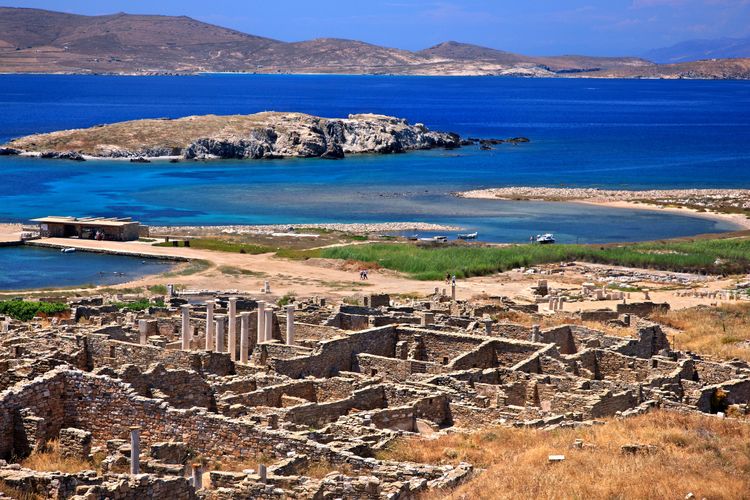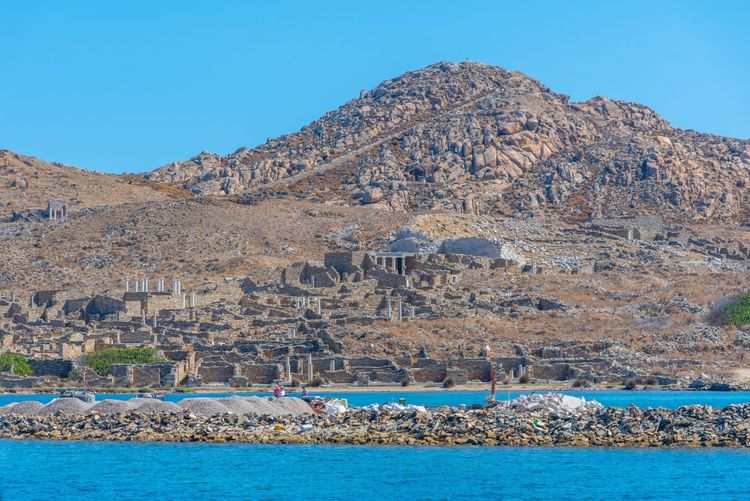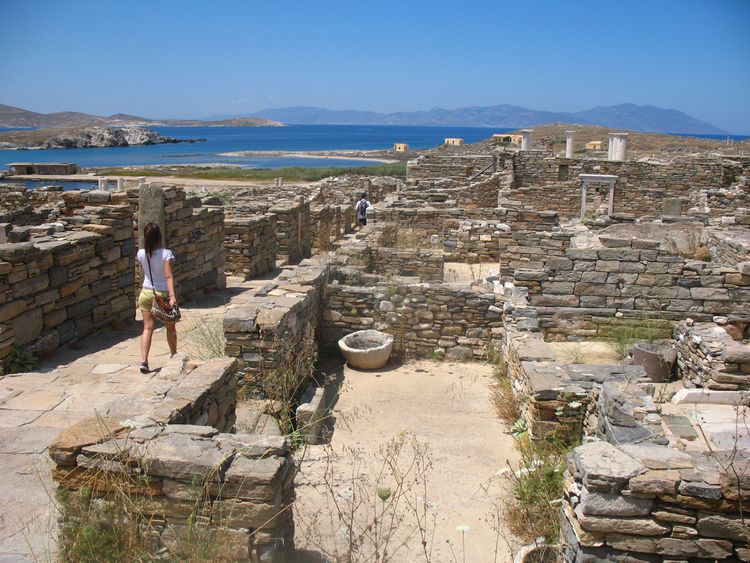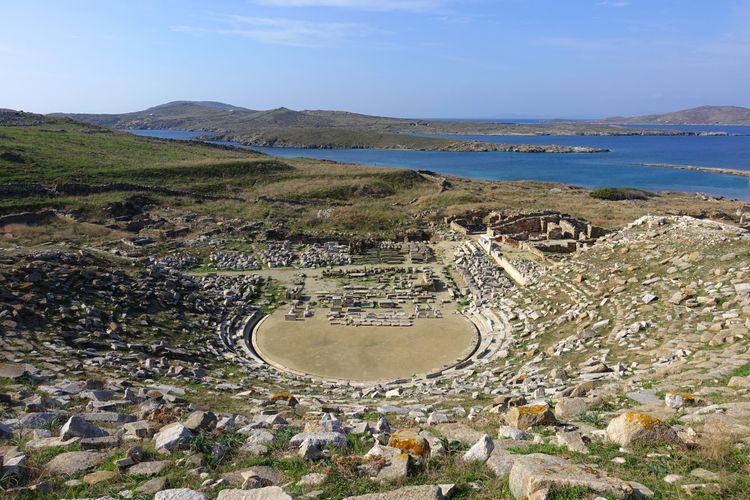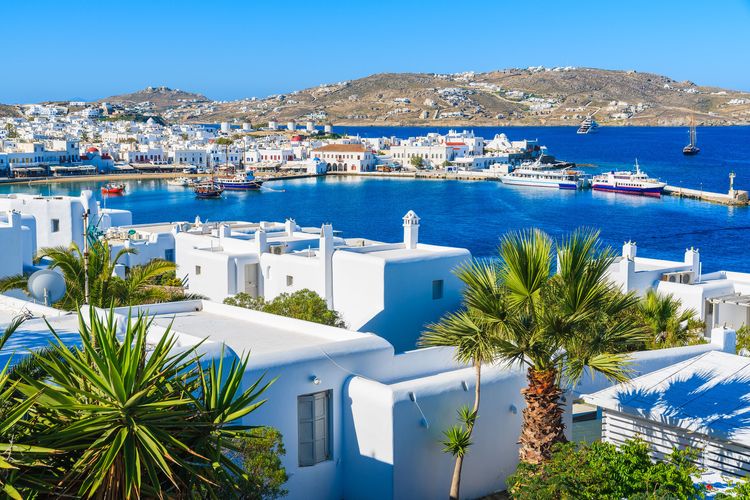Originally, Delos was a drifting island, a piece of Sicily almost entirely covered by the waves. According to legend, Leto, pregnant by Zeus, tried to escape the wrath of Hera, the wife of the King of Olympus. Known for her zealous jealousy, Hera gave Leto no respite. She ordered a giant snake called Python to hunt down Letot, who threw herself into the sea in despair.
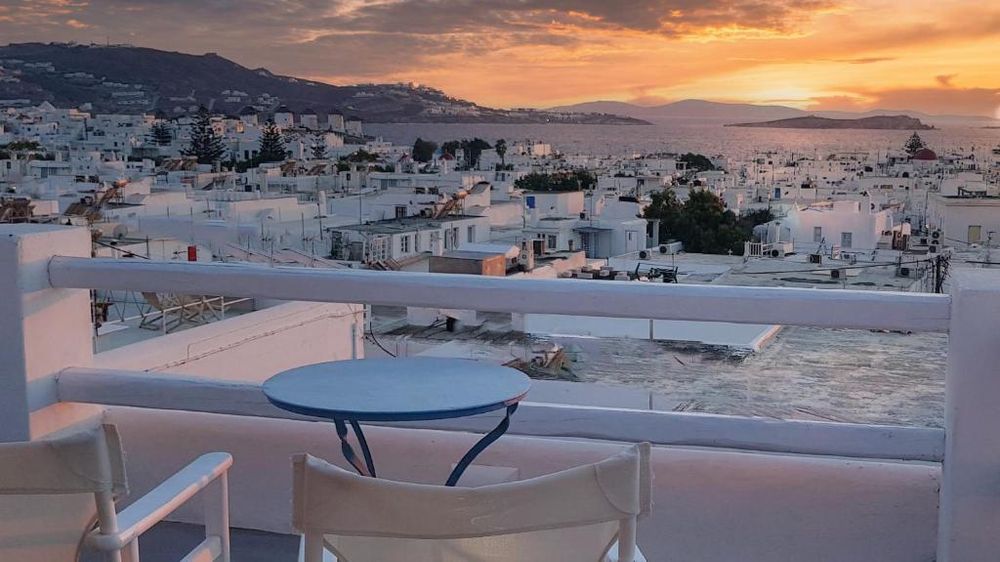 Mykonos
Mykonos
